Meet the SDG3 Researcher: Dr Souhaila Al Khodor
Published in Microbiology, Biomedical Research, and General & Internal Medicine

My goal? To uncover insights that could lead to better interventions for mothers and their children.
In this Q&A, I speak with Dr Souhaila Al Khodor, PhD, about her career and research focus on women's and infants health, and how her efforts contribute directly to achieving Sustainable Development Goal 3: Ensure healthy live and promote well-being for all at all ages.
As a Section Editor in Journal of Translational Medicine, Dr Al Khodor leads the Translational Metagenomics section, established in 2021. The section provides a platform for studies addressing the role of human microbiome in health and disease, with a special interest in the development and application of metagenomics and novel bioinformatics tools.
Please tell us a bit about yourself.
I am currently the Director of Reproductive and Perinatal Health Division in the Research Branch at Sidra Medicine, Qatar since June 2019. I am particularly interested in investigating the intricate role of the microbiome in health and disease, with a specific emphasis on maternal and child health. My journey into the field of Microbiology commenced in 2001, upon obtaining a Bachelor's degree in Medical Lab Technology. I assumed responsibility for the Microbiology section of a hospital's medical lab, which sparked my enduring passion for this field. This ardor intensified during my doctoral and postdoctoral work at the University Of Louisville, KY, and at NIAID, NIH, where I delved into characterizing the interactions between bacteria and their hosts.
 My journey continued with a transition to Sidra Medicine in Qatar, where my research interests evolved from studying individual pathogens to deciphering the profound impact of microbial communities (microbiota) on human health. Presently, my laboratory is devoted to understanding the multifaceted roles of the microbiome in both health and disease mainly focusing on women’s and infants health.
My journey continued with a transition to Sidra Medicine in Qatar, where my research interests evolved from studying individual pathogens to deciphering the profound impact of microbial communities (microbiota) on human health. Presently, my laboratory is devoted to understanding the multifaceted roles of the microbiome in both health and disease mainly focusing on women’s and infants health.
What led you to focus your research on women's and infants health?
In 2015, I moved from the U.S. to Qatar to join Sidra Medicine, a pioneering women’s and children’s hospital. While conducting research here, I was struck by two alarming statistics: over 33% of pregnant women in Qatar develop gestational diabetes, and nearly 10% of babies are born prematurely. Recognizing that the microbiome plays a pivotal role in the first 1,000 days of life—spanning pregnancy and early childhood—I dedicated my research to unravelling how microbial communities influence health during this critical developmental window. My goal? To uncover insights that could lead to better interventions for mothers and their children.
Please tell us more about your research team.
My team is multidisciplinary, with researchers working on the microbiome, mycobiome and virome of pregnancy, focusing on the changes in the gut, oral or vaginal cavities, while others are interested in studying the breast milk and placental microbiome composition. We are also interested in understanding the microbial sharing between the mother and her baby, and what factors may disrupt this mechanism. This great team of wet lab researchers is also complemented by bioinformaticians who perform the data analysis.
My research is funded by various sources including Sidra Medicine, Qatar Research, Development and Innovation (QRDI).
How does your work relate to SDG3?
As the Director of the Reproductive and Perinatal Health Division at Sidra Medicine (Qatar), I lead research initiatives that directly contribute to SDG 3’s targets—particularly maternal health (3.1), child health (3.2), and combating non communicable diseases (3.4)—through cutting-edge investigations into the microbiome’s role in health and disease.
Key SDG3 contribution highlights are:
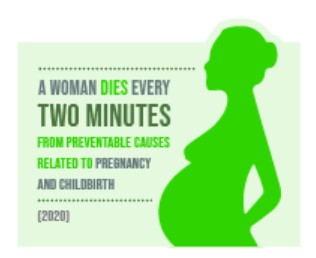
-
- Maternal Health (3.1) - My work on the vaginal microbiome tackles preventable pregnancy complications such as preterm birth.
- Child Health (3.2) - Research related to breastfeeding, breast milk microbiome and sharing patterns between the mother and her infant. This is in addition to several projects related to the role of the microbiome in paediatric chronic conditions such as Inflammatory bowel disease and Nephrotic syndrome.
- Disease Prevention (3.4) - Using microbiome signatures to predict NCDs (e.g., cardiovascular diseases).
Another research initiative that you are leading which contributes to SDG3 is the recently launched article collection "Microbiome in the First 1000 Days of Life". Could you tell us more about this?
The first 1000 days of life from conception to a child's second birthday, represent a critical window of development. During this highly dynamic period, the maternal microbiome plays a fundamental role in shaping the infant’s microbiome, immune system, metabolic and neurodevelopmental processes.
.png)
Several factors influence the “seeding” of microbiome in early life, including maternal health, mode of delivery, gestational age, use of antibiotics, breastfeeding, and type of diet. Emerging evidence suggests that microbial dysbiosis during early life may contribute to an increased risk of chronic diseases, including allergies, obesity, and neurodevelopmental disorders among others. Understanding the dynamics of the early life microbiome, factors involved in its composition, mechanisms by which it interacts with the host and identifying interventions to promote a healthy microbiome “seeding” are key areas of ongoing research.
With the recent launch of the collection, the aim is to highlight recent advancements in microbiome research during early life and its implications for long-term health.
Finally, is there a person or a resource that has particularly inspired you?
The foundation of my work in maternal-child microbiome research was built upon early inspiration from my mentors, Dr Mohamed El Zaatari (Lebanon) and Dr Yousef Abu Kwaik (U.S.). Their guidance planted the seeds of curiosity that grew into my lifelong passion for unravelling those microbial mysteries.
Check out the Microbiome in the First 1000 Days of Life article collection and read the latest articles from the Translational Metagenomics section of Journal of Translational Medicine!
Follow the Topic
-
Journal of Translational Medicine

Journal of Translational Medicine is an open access journal publishing articles focusing on information derived from human experimentation so as to optimise the communication between basic and clinical science.
Related Collections
With Collections, you can get published faster and increase your visibility.
Harnessing Innovative Machine Learning Techniques to Combat Drug Resistance in Solid Tumors
In recent years, the challenge of drug resistance in solid tumors has emerged as a significant barrier to effective cancer treatment, often leading to treatment failure and poor patient outcomes. As traditional therapeutic approaches struggle to overcome this hurdle, there is a growing interest in leveraging innovative machine learning techniques to enhance our understanding of drug resistance mechanisms and improve therapeutic strategies. This article collection aims to gather cutting-edge research that explores the intersection of machine learning and oncology, focusing on how advanced algorithms can be applied to predict drug resistance, optimize treatment plans, and ultimately foster personalized medicine approaches in cancer care. By fostering interdisciplinary collaboration and sharing novel insights, this collection seeks to pave the way for transformative advancements in the fight against cancer.
This article collection explores integrating advanced machine learning methodologies—including ensemble learning, deep learning, reinforcement learning, explainable AI, and quantum computing—in understanding and overcoming drug resistance in solid tumors. We invite contributions highlighting novel algorithms, examples of innovative machine learning technique implementation, and interdisciplinary approaches, ultimately leading to improved therapeutic outcomes and enhanced patient care in oncology.
opics of Interest
The collection welcomes original research, reviews, commentary and methodology articles on the following topics:
• Ensemble Learning Techniques;
• Applications in predicting drug resistance profiles;
• Comparative studies of ensemble methods versus traditional approaches;
• Deep Learning in Oncology;
• Neural network architectures for tumor characterization;
• Image analysis and interpretation for drug response prediction;
• Reinforcement Learning;
• Adaptive treatment strategies using reinforcement learning;
• Simulation models for drug resistance evolution;
• Explainable AI;
• Methods for interpreting machine learning models in clinical settings;
• The role of explainability in improving treatment outcomes;
• Quantum Computing Applications;
• Quantum algorithms for optimizing drug discovery processes;
• Examples of quantum-enhanced machine learning techniques in oncology.
All submissions in this collection undergo the journal’s standard peer review process. Similarly, all manuscripts authored by a Guest Editor(s) will be handled by the Editor-in-Chief. As an open access publication, this journal levies an article processing fee (details here). We recognize that many key stakeholders may not have access to such resources and are committed to supporting participation in this issue wherever resources are a barrier. For more information about what support may be available, please visit OA funding and support, or email OAfundingpolicy@springernature.com or the Editor-in-Chief.
This collection supports and amplifies research related to SDG 3: Good Health and Well-Being.
Publishing Model: Open Access
Deadline: Nov 30, 2026
Regeneration and Remodeling after Brain Injury: Implications for Stem Cell Therapy
Brain injury/damage, including brain trauma or stroke, has a high morbidity and mortality, and is often accompanied by severe neurological deficits post injury. Despite advances in therapeutics targeting brain repair and remodeling, positive clinical outcome is still a challenge and there continues to be a tremendous unmet clinical need for patients. Currently, transplantation of stem cells derived from several tissue sources has been recognized as very promising biologic-based therapy for regeneration and remodeling after brain injury, for instance, neural stem cells (NSCs), mesenchymal stem cells (MSCs) and induced pluripotent stem cells (iPS cells).
Upon brain injury, oxidative stress and inflammatory response are two early events in the biological cascade following brain injury. These two events are work synergistically and directly trigger the process of autophagy. Appropriate autophagy would contribute to brain recovery by reducing oxidative stress and inflammatory responses, whereas autophagy dysfunction exacerbates brain injury. Various studies have demonstrated that stem cells and their regenerative properties could impact tissue damage following brain injury in the following aspects: cellular replacement, secreting neurotrophic factors, and mitochondrial transfer. This collection aims to discuss the recent progress on stem cell therapy for brain injury, specifically studies elucidating the mechanisms in terms of oxidative stress, mitochondrion dysfunction and autophagy.
The collection welcomes all original and review articles on topics such as:
1. Stem cell therapy for brain repair after brain injury/damage, including brain trauma or stroke;
2. Underlying mechanisms upon stem cell replacement for brain injury, including cellular/tissue regeneration/ remodeling, oxidative stress, inflammatory response and autophagy;
3. Immune-response problems following stem cell therapy for brain injury;
4. Mitochondrial role after stem cell therapy for brain injury;
5. Detection of stem cell therapy for brain injury using imaging techniques, i.e. brain magnetic resonance;
6. Application of new tools, techniques, or models for studying stem cell viability or survival after implantation, such as organoids.
All submissions in this collection undergo the journal’s standard peer review process. Similarly, all manuscripts authored by a Guest Editor(s) are handled by the Editor-in-Chief. As an open access publication, this journal levies an article processing fee (details here). We recognize that many key stakeholders may not have access to such resources and are committed to supporting participation in this issue wherever resources are a barrier. For more information about what support may be available, please visit OA funding and support, or email OAfundingpolicy@springernature.com or the Editor-in-Chief.
This Collection supports and amplifies research related to SDG 3, Good Health and Well-Being.
Publishing Model: Open Access
Deadline: Dec 19, 2025
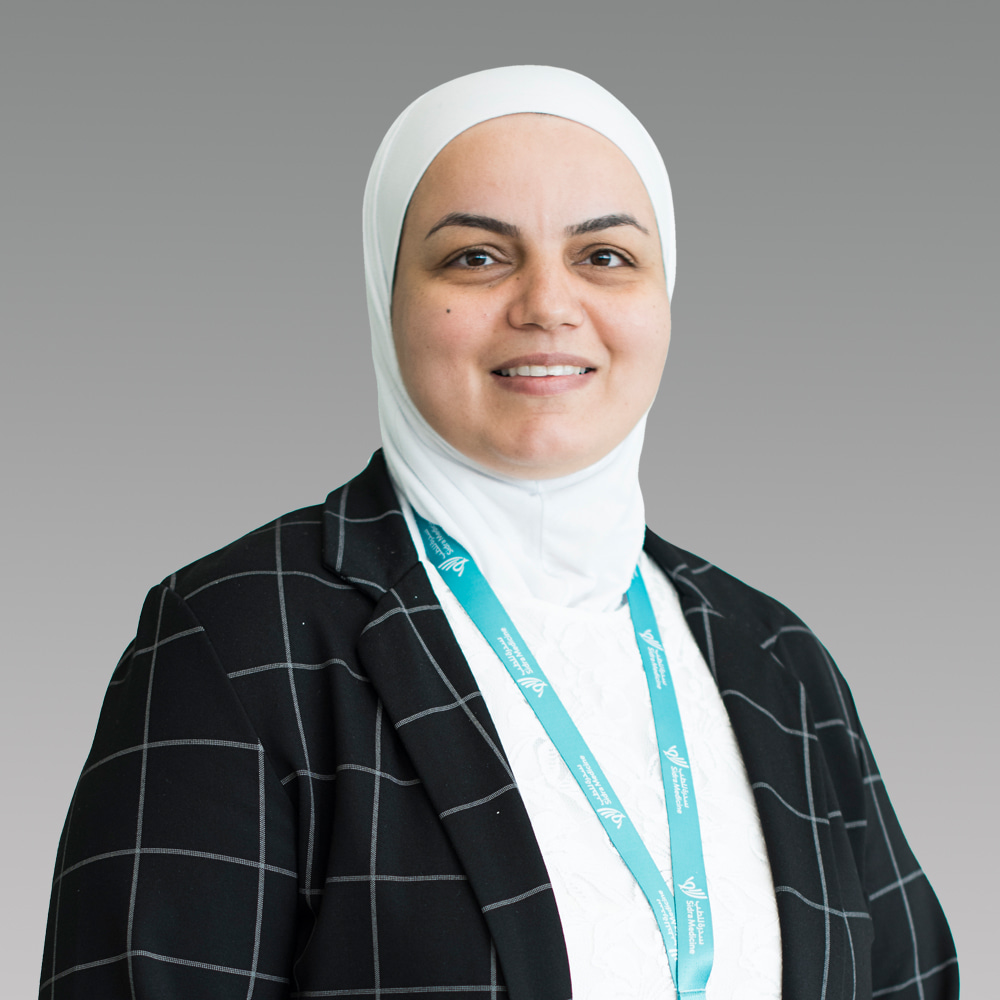

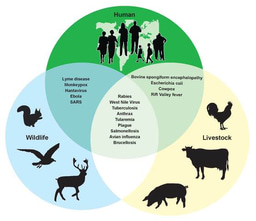
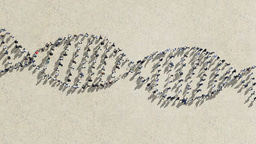

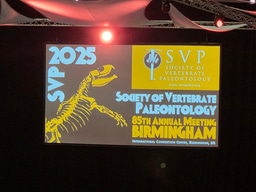
Please sign in or register for FREE
If you are a registered user on Research Communities by Springer Nature, please sign in